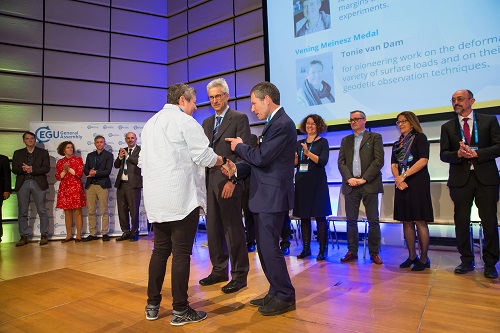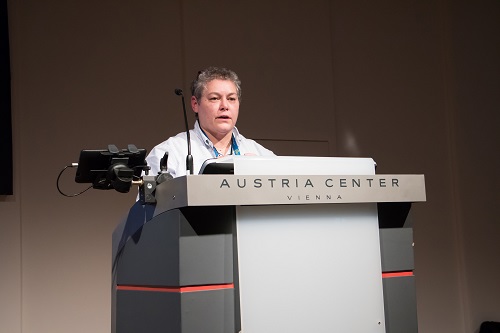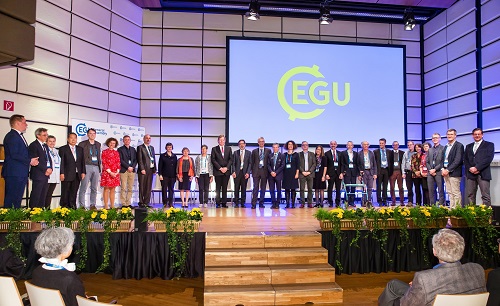Tonie Van Dam, Professor in Physical Geodesy at the University of Luxembourg has recently received the 2019 Vening Meinesz Medal from the European Geosciences Union (EGU).
The award celebrates her outstanding research in geodesy, the science of accurately measuring and understanding Earth’s shape, orientation and gravity. In her recent research, she uses data from GPS and space-based gravity measurements to model changes in ice and water mass due to climate change.

“A classic in geodesy”
She was awarded the prize for her pioneering work to model uplift and subsidence of the Earth’s surface. These up and down motions are caused by the redistribution of mass on the surface of the Earth, such as atmospheric pressure, changes in the global water cycle or Greenland ice melting that can cause the Earth’s surface to move by up to 10 centimetres. “You can imagine the earth like an elastic rubber ball. If you apply pressure at a certain point, it slightly deforms. For example, a high-pressure system, as everybody knows from the weather forecasts, causes a temporary well in the ground, but this bounces back once the high-pressure system has passed,” Prof. Tonie Van Dam explains her research: “When you study the earth’s shape, for example plate tectonics, and you ignore those fluctuations, you are introducing errors.” Prof. Van Dam was the first to develop the theoretical background to model this phenomenon and to show that the fluctuations are significant enough to distort research data.

“Prof. Van Dam is a world leader in modelling geodetic observations. She is a pioneer in quantifying hydrologic and atmospheric loading effects and has demonstrated their importance in multiple geodetic observing systems, such as GPS, Global Positioning System,” the European Geosciences Union substantiated their decision, adding that her paper from 2001 in which she first described her observations “became a classic in geodesy.”
Focus on climate change and geodynamics
In the last years, Tonie Van Dam used these methods to study deformations of the earth crust and derived from these data insights on the shrinking ice mass in Greenland as a result of climate change. Recently, she contributed to a much-noticed scientific paper in which the researchers infer that southwest Greenland will become a major contributor to sea level rise in the future. In 2017, she was awarded for her project “Absolute Gravity and Surface Displacements in Greenland”, receiving the Grand Prix 2017 in Geological Sciences from the Luxembourgish Institut Grand-ducal.

International career
After her PhD at the University of Colorado and her work as a research geophysicist at the National Geodetic Survey (NGS/NOAA) in the United States as well as the European Center for Geodynamics and Seismology (ECGS), Prof. Van Dam joined the University of Luxembourg in 2006. In 2017, she became Vice-President for Doctoral Education and Training, International relations and Gender. Since 2018, she is in charge of strategic projects and Course Director of the new Interdisciplinary Space Master (ISM) at the University of Luxembourg.
Prof. Van Dam has been extremely active at international level. She has been a member of the directing board of the International Earth Rotation and Reference Systems Service (IERS) and the chair of the Global Geophysical Fluids Center (GGFC). She served as secretary of the geodesy section of the American Geophysical Union (AGU) and was president of the Geodesy Division of the European Geosciences Union (EGU).
In addition, she is the author of more than 120 national and international publications. Her different scientific activities have been supported by various institutions, such as the European Commission, Luxembourg National Research Fund (FNR), and ESA’s Science & Technology (SciTech).
Pictures: © European Geosciences Union (EGU) / Pfluegl
